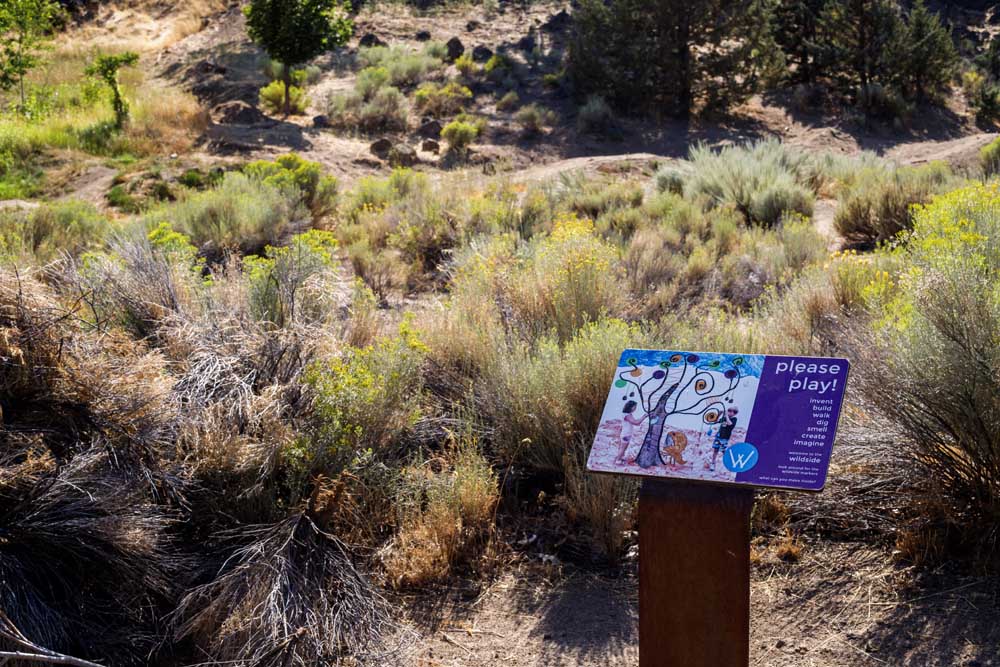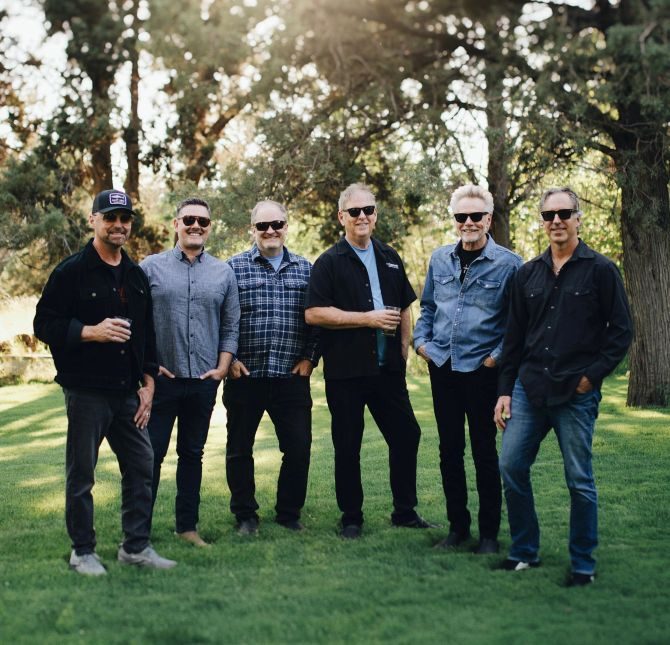Nature Play in Parks
Published 10:11 am Monday, May 6, 2024

- Wildside areas in parks invite creative, free play.
One of my favorite smells in the spring is dirt. I know that others may choose flowers or fresh-cut grass, but I love the earthy aroma of dirt. I’m a gardener, so when I get serious about my greenhouse later this month, I’ll get to surround myself with the smell and get it wedged deep under my fingernails.
While my hobby fully embraces my love of dirt and digging into it, spring tends to bring about harmful unauthorized habits in parks. We see more bike jumps, fort structures and even river and creek blockages. When these pop up in places they shouldn’t be, they disrupt the natural areas, conflict with Leave No Trace principles, and create a safety hazard.
The good news is that we have some natural play areas that are perfect for getting creative and maybe a little dirty too.
Natural play areas are park features made of natural elements or are inspired by nature, which are meant to provide a different sensory experience than modern plastic and metal play structures. They are designed to invoke more creative, free play.
In natural areas, kids are encouraged to walk or hop across stumps and logs, race up a cluster of boulders or play tag with friends in a log forest. Using built-in hand water pumps, children can mix sand and water to build sand castles – getting their hands dirty and exploring in the process.
Natural Play Areas
Discovery Park
1315 NW Discovery Dr.
Canal Row Park
1630 NE Butler Market Rd.
First Street Rapids Park
1980 NW First St.
Hillside Park
2050 NW 12th St.
Rockridge Park
20885 Egypt Dr.
Stone Creek Park
61531 SE Stone Creek Ln.
Wildside play areas
Wildside play areas are specially designated natural play areas within parks for free-form play. Wildside spaces are outside of pristine habitat or developed areas where it’s okay to be creative.
This is where children are encouraged to dig, stack logs and even build their own forts and other structures with logs, tires and other materials. I encourage you to check out Al Moody Park and Compass Park each have very active Wildside play areas.
Both spaces enable children to connect to the natural world, encourage physical activity and set the stage for independent exploration. Spending time outside has numerous proven health benefits including reducing stress, improving sleep, boosting the immune system and more for all ages, so even teens and adults are encouraged to explore Wildside.
In recent years, Bend Park and Recreation District has been working to provide more natural areas for kids to play, explore and learn as the community grows and residential areas increasingly offer less immediate access to natural spaces.
One of my favorites is Rockridge Park, located in northeast Bend, directly south of Lava Ridge Elementary School and Sky View Middle School. Rockridge Park was designed with a minimal footprint to maintain over 60 percent of the original terrain as natural space, which makes you feel like you’re miles outside of town. The natural play area is a central experience to the park. This play area features a Juniper “log forest” where children can navigate smoothed and repurposed trees, which were harvested from local Bend parks. Children can also create their own natural adventures on log steppers, boulder scrambles and a climbing tree.
Now is a great time to explore a new nature play area while also helping us to protect it – and please take a moment to smell the dirt.
Wildside Play Areas
Al Moody Park
2225 NE Dagget Ln.
Compass Park
2500 NW Crossing Dr.
Pine Nursery Park
3750 NE Purcell Blvd.
Julie Brown is the community engagement director for Bend Park and Recreation District.








